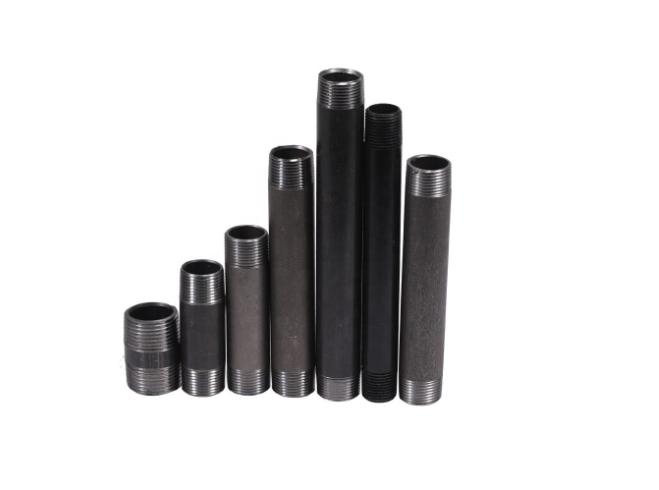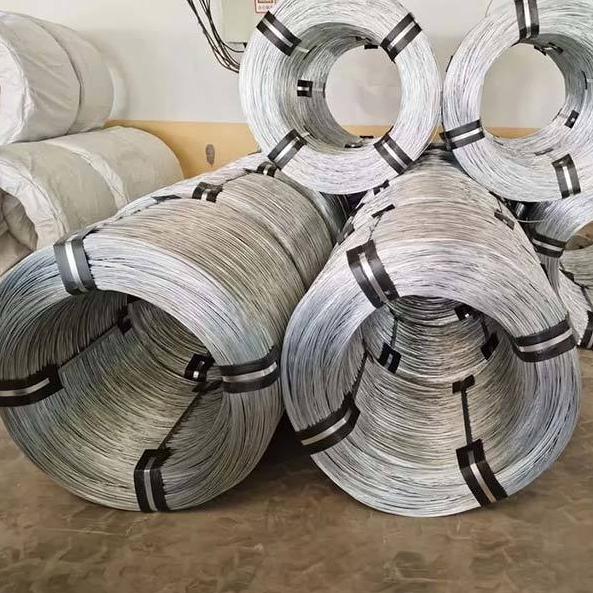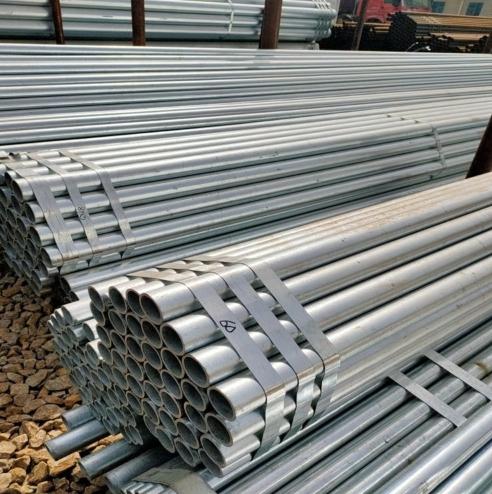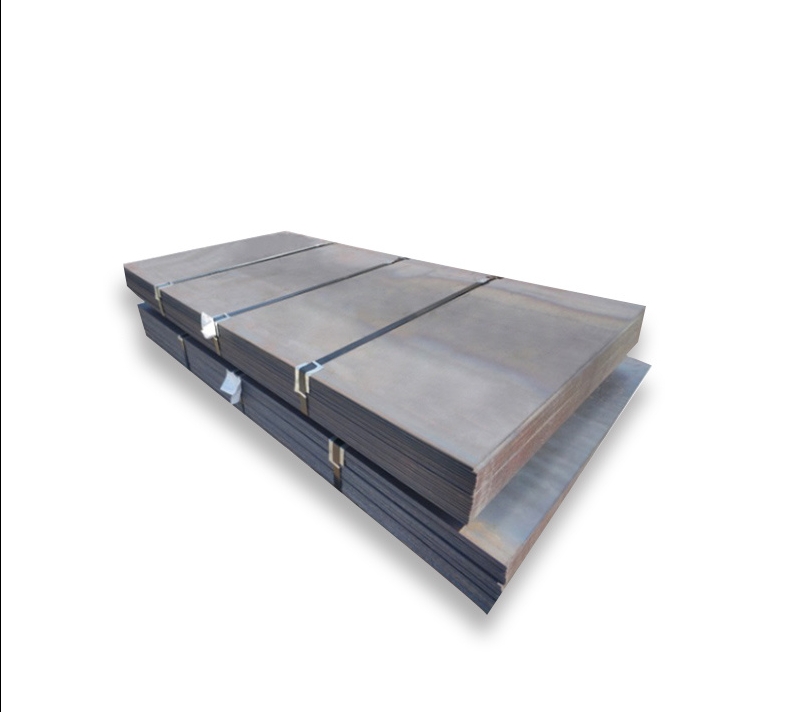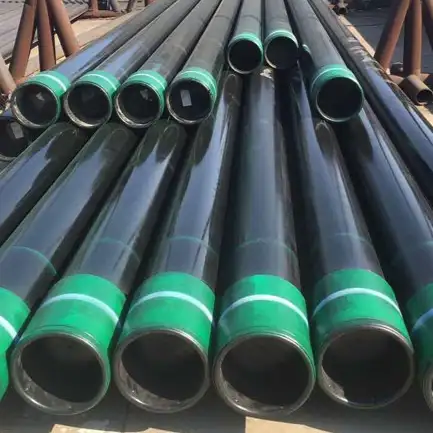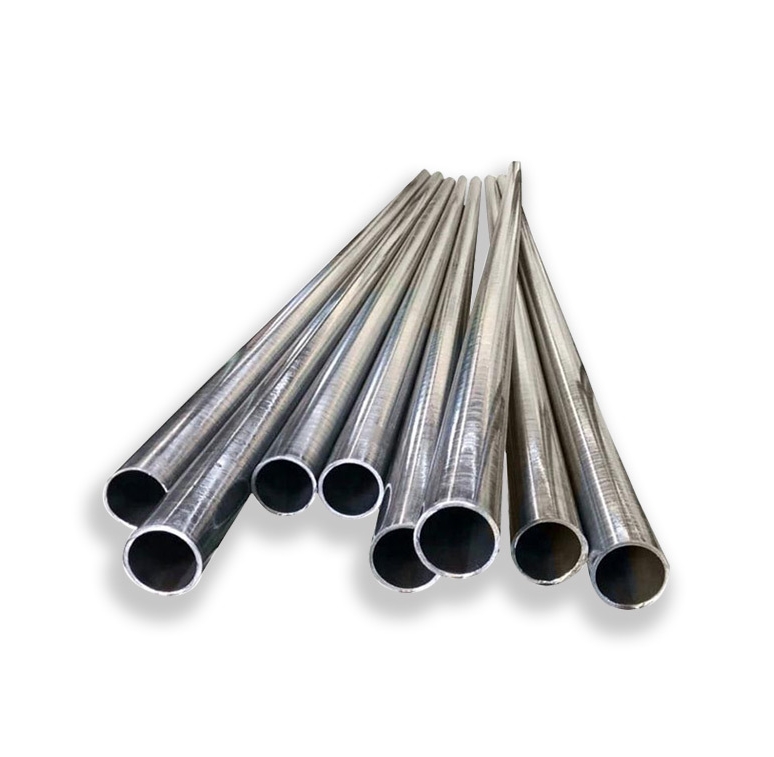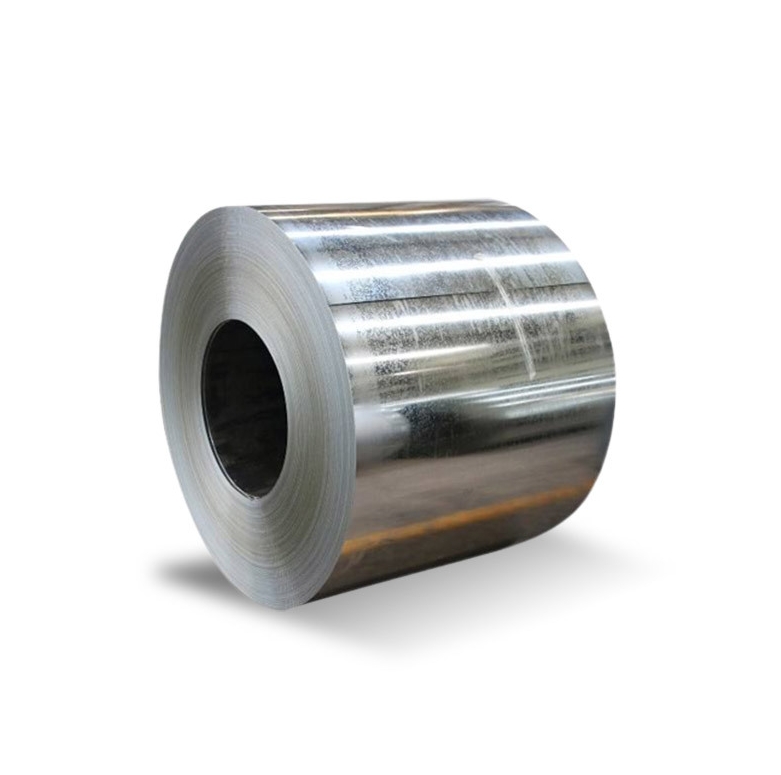Understanding Carbon Steel Threaded Pipe Fittings
Carbon steel threaded pipe fittings are essential components in a wide range of piping systems. These fittings are used to join sections of pipes, ensuring tight seals to transport fluids or gases safely. The durability and cost-effectiveness of carbon steel make these threaded fittings a popular choice in various industrial and residential applications.
In this article, we’ll explore the core features, benefits, common applications, and buying tips for carbon steel threaded pipe fittings. By the end, you will have a clear understanding of how these fittings work, where they are best used, and how to select the right ones for your needs.
What Are Carbon Steel Threaded Pipe Fittings?
Key Features of Carbon Steel Threaded Fittings
Carbon steel threaded pipe fittings are made from carbon steel, a material that contains iron and a small amount of carbon. These fittings are designed to be attached to pipes with threaded ends, enabling easy connection and disconnection of sections of piping.
Key features include:
-
Threaded Connections: They have internal or external threads for quick and easy installation.
-
Corrosion Resistance: Though not as resistant as stainless steel, carbon steel has a moderate resistance to corrosion when used in low to moderate environmental conditions.
-
Versatility: They come in various shapes, including elbows, tees, couplings, and reducers.
These fittings are ideal for systems where pressure resistance and strength are critical, such as water, oil, and gas systems.
Applications of Carbon Steel Threaded Pipe Fittings
1. Water and Wastewater Systems
Carbon steel threaded pipe fittings are often used in water and wastewater systems, where they help to connect pipes and fittings securely. Their ability to form strong, durable connections makes them a top choice for plumbing and irrigation systems.
Real-life Case: Residential Plumbing System
In my own experience, I’ve used carbon steel threaded fittings for a residential plumbing system. We had to run pipes through a large property, and these fittings provided a simple and secure method to connect multiple pipe sections without the need for welding or additional equipment.
2. Oil and Gas Industry
Another common application for carbon steel threaded pipe fittings is in the oil and gas industry. Here, these fittings are used to connect pipes in both high-pressure and low-pressure systems. Their strength and ability to withstand harsh conditions, such as extreme temperatures and pressures, make them highly reliable in these industries.
3. Chemical and Industrial Applications
In industries such as chemical processing and manufacturing, carbon steel threaded fittings are employed for pipe systems that carry hazardous or corrosive materials. Their durability and ease of maintenance make them well-suited for these environments.
Advantages of Using Carbon Steel Threaded Pipe Fittings
1. Cost-Effectiveness
One of the major benefits of carbon steel threaded pipe fittings is their cost-efficiency. Compared to stainless steel or alloy steel fittings, carbon steel fittings are more affordable, making them an excellent option for budget-conscious projects.
Price Comparison:
| Material | Price per Unit | Ideal Application |
|---|---|---|
| Carbon Steel | $2.50 – $5.00 | General construction, water systems |
| Stainless Steel | $5.00 – $10.00 | High-corrosion environments, medical |
| Alloy Steel | $6.00 – $12.00 | High-pressure systems, industrial |
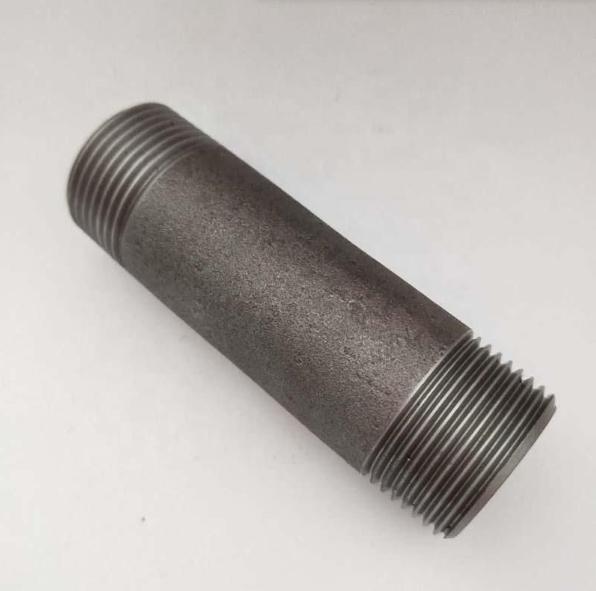
2. High Strength and Durability
Carbon steel threaded pipe fittings offer high tensile strength and are able to withstand high-pressure conditions. This makes them ideal for use in construction projects, oil and gas applications, and other demanding environments.
3. Ease of Installation
The threaded design of carbon steel fittings simplifies installation. Threaded fittings can be easily screwed into place, allowing for quicker assembly and disassembly of pipes, which is especially helpful during maintenance or repairs.
How to Choose the Right Carbon Steel Threaded Pipe Fitting
1. Know Your Application Needs
When selecting carbon steel threaded pipe fittings, the first step is to determine the requirements of your application. Are you working with water, chemicals, oil, or natural gas? The material in the fittings should be compatible with the fluid being transported.
2. Consider the Pipe Size and Thread Type
Ensure that the carbon steel threaded pipe fittings match the size and thread type of the pipes you are working with. For example, NPT (National Pipe Thread) and BSPT (British Standard Pipe Thread) are common thread types used in carbon steel fittings.
3. Assess Environmental Factors
Take into account factors such as temperature and exposure to corrosive materials. While carbon steel threaded fittings are durable, they are not as corrosion-resistant as stainless steel. In corrosive environments, you may need to use protective coatings or opt for stainless steel fittings.
4. Check Pressure Ratings
Different fittings are rated for different pressure levels. Be sure to choose carbon steel threaded pipe fittings that can handle the pressure your system requires. Fittings come in various pressure ratings, and selecting the wrong one can result in pipe failure.
Carbon Steel Threaded Pipe Fittings vs. Other Materials
Carbon Steel vs. Stainless Steel Pipe Fittings
| Feature | Carbon Steel | Stainless Steel |
|---|---|---|
| Cost | More affordable | More expensive |
| Corrosion Resistance | Moderate, may need coatings | High, naturally resistant |
| Strength | High tensile strength | Higher tensile strength |
| Applications | General use, construction | High-corrosion and extreme environments |
While carbon steel threaded pipe fittings are affordable and versatile, stainless steel fittings offer superior resistance to corrosion and are more suitable for environments that require extra durability, such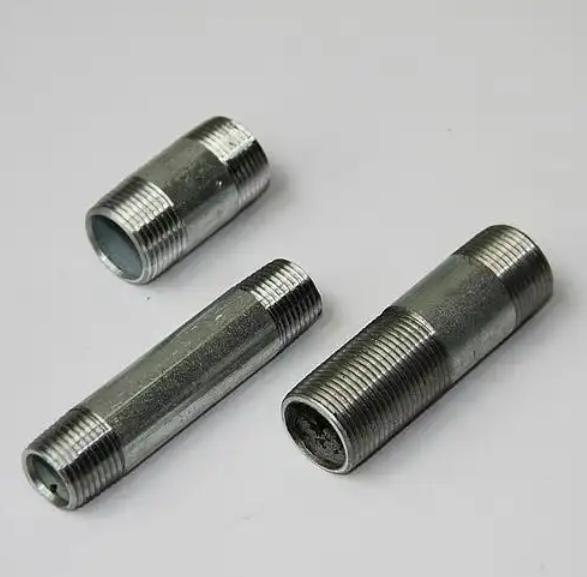
Common Mistakes to Avoid When Using Carbon Steel Threaded Pipe Fittings
⚠️ Attention: Avoid These Pitfalls!
-
Incorrect Threading: Ensure that the threads of the pipe and fitting match. Mismatched threads can result in leaks or difficulty in securing the fittings.
-
Failure to Use Thread Sealant: Always use an appropriate thread sealant or Teflon tape to prevent leaks, especially in high-pressure systems.
-
Over-tightening: Over-tightening the fittings can damage the threads or cause the pipe to crack. Tighten the fittings only until they are secure.
Practical Checklist for Choosing Carbon Steel Threaded Pipe Fittings
Before purchasing carbon steel threaded pipe fittings, use this checklist to ensure you’re making the right choice:
-
✅ Check Application Compatibility: Ensure the fittings are compatible with the fluid or gas in your system.
-
✅ Verify Pipe Size and Thread Type: Ensure the fittings match your pipe size and thread specifications (e.g., NPT, BSPT).
-
✅ Consider Environmental Factors: Evaluate the exposure to corrosive elements, extreme temperatures, or high-pressure conditions.
-
✅ Assess Pressure Ratings: Choose fittings that can handle the pressure of your system.
-
✅ Use Thread Sealant: Always apply a thread sealant to avoid leaks.
Conclusion
Carbon steel threaded pipe fittings are an essential component for building reliable, high-strength piping systems. Their affordability, ease of installation, and versatility make them an ideal choice for various industrial, residential, and commercial applications. By understanding the features, advantages, and proper selection criteria outlined in this article, you can make an informed decision when purchasing carbon steel threaded pipe fittings for your next project.


